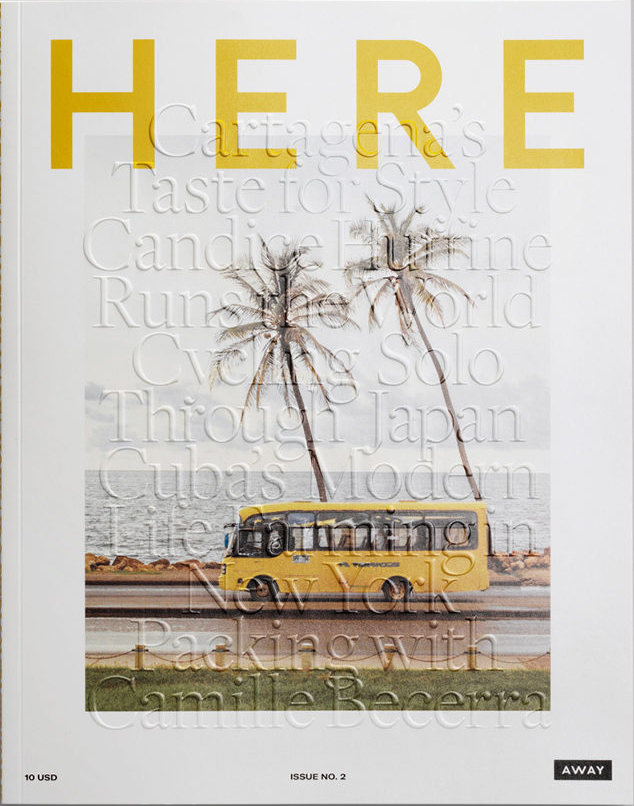 There’s no question that technology has dramatically changed the travel industry. It wasn’t all that long ago that you’d call a travel agent when it was time to book a vacation, and they’d send you off with loads of travel brochures and … yes … a paper ticket.
There’s no question that technology has dramatically changed the travel industry. It wasn’t all that long ago that you’d call a travel agent when it was time to book a vacation, and they’d send you off with loads of travel brochures and … yes … a paper ticket.
Now, it’s search, click and go, with mobile boarding passes and instant updates, searching on the fly for a good deal on a room and the nearest grass-fed beef steakhouse.
What hasn’t changed, though, is human nature. When people travel for leisure, they want to relax, enjoy, engage and view something they’ve never seen before.
“Travel content is meant to inform and inspire, giving people the tools and boost they need to finally book that trip they’ve been meaning to take, whether it’s a weekend getaway or a month-long adventure,” writes Anatasia Dyakovskya in Insights. “But the brochures, travel agents, and even websites of yesteryear just don’t cut it with today’s consumers.”
“In 2018, the travel industry continues to grow and evolve as brands keep trying to stand out and engage increasingly inattentive audiences who have only more products, services, and platforms to choose from,” Dyakovskya continues. “Which is precisely why content marketing is so vital to the field. With the right combination of innovative technology and powerful storytelling, a travel brand has the potential to rise to the top and get seen, heard, and booked.”
In her article, she highlights key trends in travel content marketing for 2018. And at the top of the list? Print magazines.
“Airlines aren’t the only travel brands willing to invest in print publications in this day and age. Paper’s not dead, and today, it’s not uncommon to see glossy ‘zines from all kinds of travel brands,” Dyakovskya explains. “After all, inspiration is key for the industry, and what better way to wrap people up in a daydream than by offering them a compendium of compelling stories and gorgeous photography to leisurely leaf through?”
Take airbnbmag for example, a collaborative effort between the travel company and Hearst. Airbnb is leveraging its user data to help inform content for their printed quarterly, helping readers “Be at home in the world” through its content.
“Positioned as more of a guidebook than a traditional travel magazine, the publication is a quarterly affair that hones in the power of authenticity through truly local recommendations, resources, and visual inspiration,” writes Dyakovskya.
Another fantastic example is Here, the print magazine from travel bag brand Away. The brand was already doing a great job of engaging their fan base in real conversations on social, so the magazine serves not as a disguised luggage catalog, but as a platform to foster even deeper engagement.
“I view my role (and the role of Here) as being a bit of a megaphone for the conversations that were already happening, as opposed to inauthentically manufacturing content that tries to force them,” explains Ally Betker, Away’s editorial director. “We’ve earned their trust by showing them that we hear and understand the types of stories they’re looking for.”
The takeaway for travel brands? It’s about stories, not products. People, not tourist traps. Celebrate the humans using your products or services, and create lifestyle stories that engage, inspire and inform – in a medium that just begs you to sit back, relax, and enjoy the read.
